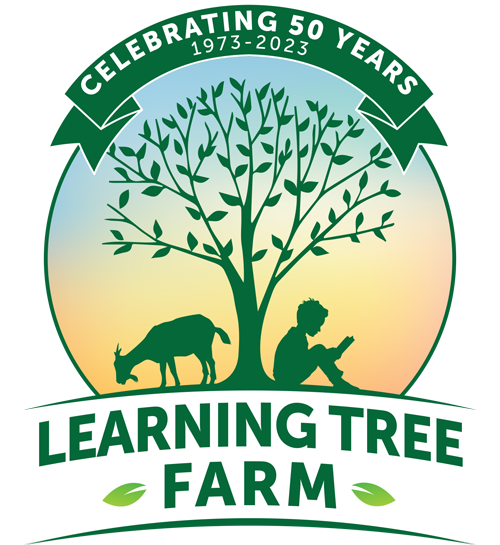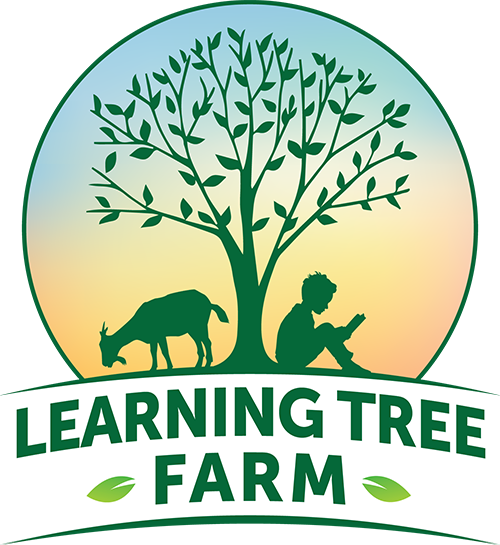
The American Burying Beetle
The staff of Learning Tree Farm is committed to supporting native plants and wildlife-both on the job and off. This summer, Nature Preschool Teacher & Naturalist, Sarah Lamont, volunteered her time and spent a day with her son doing some pretty unique work. In her own words:
‘I did something amazing today. The first photo is my hand holding an American Burying Beetle. Look at the antenna! They are an endangered animal. Partnerships of Cincinnati Zoo, Ohio Division of Wildlife, and US Department of Energy have been working on reintroducing the beetle to Fernald Preserve in Hamilton, Ohio. My son and I were assigned 10 pairs of beetles to release. We dug a hole for each couple, stocked it with dinner and hopefully it will become a cozy nursery to 20 offspring. These beetles eat carrion, but what I didn’t know it that it needs to be a specific size. A pair of beetles will excavate under a dead bird or rodent, then bury the carcass in over an hour. We saw a video of a captive breeding pair do just that. I want to learn more about this; I heard that the parents do some caregiving to their young. Throughout the summer there will be some monitoring of the release site.’
The American Burying Beetle was once native to all of the eastern United States, but is now only present in a handful of counties in just a few states. It is the largest of the carrion beetles at 1 to 1.5 inches in length. It is believed that their populations are more limited due to the availability of suitable carcasses for reproduction.
Sarah is a model of how naturalists and educators can impact both individuals and the larger community through hands-on encounters. We can’t wait to hear about her next adventure in nature!

